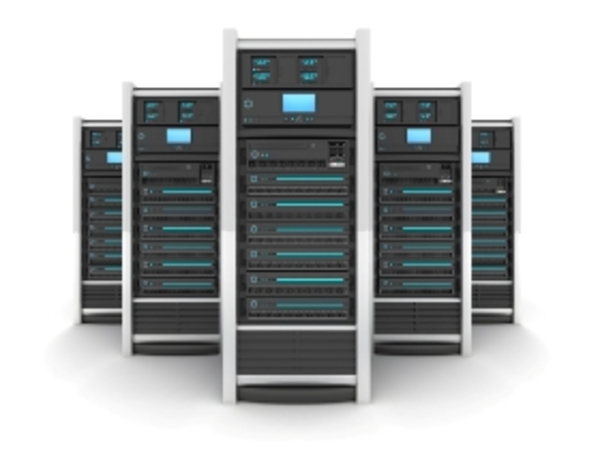
In my previous post, we looked at the importance of data storage and management under the Internet of Things (IoT) evolution, as well as discussing how modular data centers can support IoT applications. With the increased efforts towards “greening” the data centers, the efficiency and power usage effectiveness (PUE) of these data centers will likely be a prime consideration in the future.
In Singapore, studies were conducted to try and understand the trends and the likely future state of data center PUE. Obtaining comprehensive data is difficult because organizations are not compelled to report PUE. From the available data that we could find, the average PUE is approximately 2.1; meaning that wasted energy exceeded useful energy consumption by more than 100 percent. Some companies didn’t report their PUE performance; hence the average PUE could be higher or lower, but still far from optimal efficiency.
However, in Singapore, many data centers are still operating in line with older data center designs that are not compatible with evaporative or other free cooling techniques. Now, many organizations are aware of the potential to update their designs and expectations to achieve leading edge PUE.
A few years ago, hyperscale service providers began investing heavily in modular data center technologies that employ evaporative cooling and operate at extended temperature ranges, setting previously unknown PUE benchmarks. Some enterprise operators followed this same path with their own production facilities and have already accomplished impressive average PUE performance of less than 1.1 in the third quarter of 2014. It’s my view that almost all data centers in Singapore will eventually need to reach these benchmarks to ensure their place in the competitive data center global market.
Different territories, different PUE
Comparing PUE across regions and countries is slightly unfair, since there are so many variables within each environment. Hyperscale service providers can optimize and leverage the large scale of their projects because they are able to run a small number of tasks on a massive scale, but most enterprises are not built this way. They will have to continue supporting hundreds of applications, meaning they must build redundancy into their data centers to maximize uptime - a penalty to operating efficiency. They will remain subject to finite resources and seemingly never ending growth to support, thus limiting their ability to invest in new efficient data center facilities. However, enterprises can ill afford to have inefficient data centers; this applies today and will be even more critical in the future.
Changing times, changing need
The enterprise data center is changing quickly. With more data and processing expected in the future, the industry is looking towards consuming less energy and focusing on the effective use of cooling and IT equipment designed for green data center applications. India is producing some good examples with some of their large production data centers achieving an average PUE of 1.6, a marked improvement from the 1.9 average of recent years. These same Indian data center operators expect its data centers to reach an overall average of 1.3 within the next few years and will continually drive the PUE number down over time. This proves that with the right approach, reducing PUE is very possible even in hot and humid Asian climates. Mastering PUE is dependent on how enterprises take advantage of new technologies, how they manage budgets, time frames and whether or not they can adapt; eventually replacing the traditional mindset with a progressive paradigm.
A shifting landscape has moved the data center development focus from “tried and true” to connected and efficient. Businesses naturally need to react to the behavior of their competitors, but its own competitiveness also hinges upon its ability to change on a continuous basis. Government legislation informs this need to change, and you can expect that CEOs and CIOs will take their cues from government policy to ensure their business priorities remain compliant with regulations. When a government is proactive in taking the lead and setting standards, change naturally follows. In my next blog, I will discuss the benefits of purpose-built and modular data centers as a strategy to get ahead and stay ahead of the PUE curve.
Do you have a question about the challenges and innovations for the modern data center? Leave a comment below, and I will be sure to respond.







